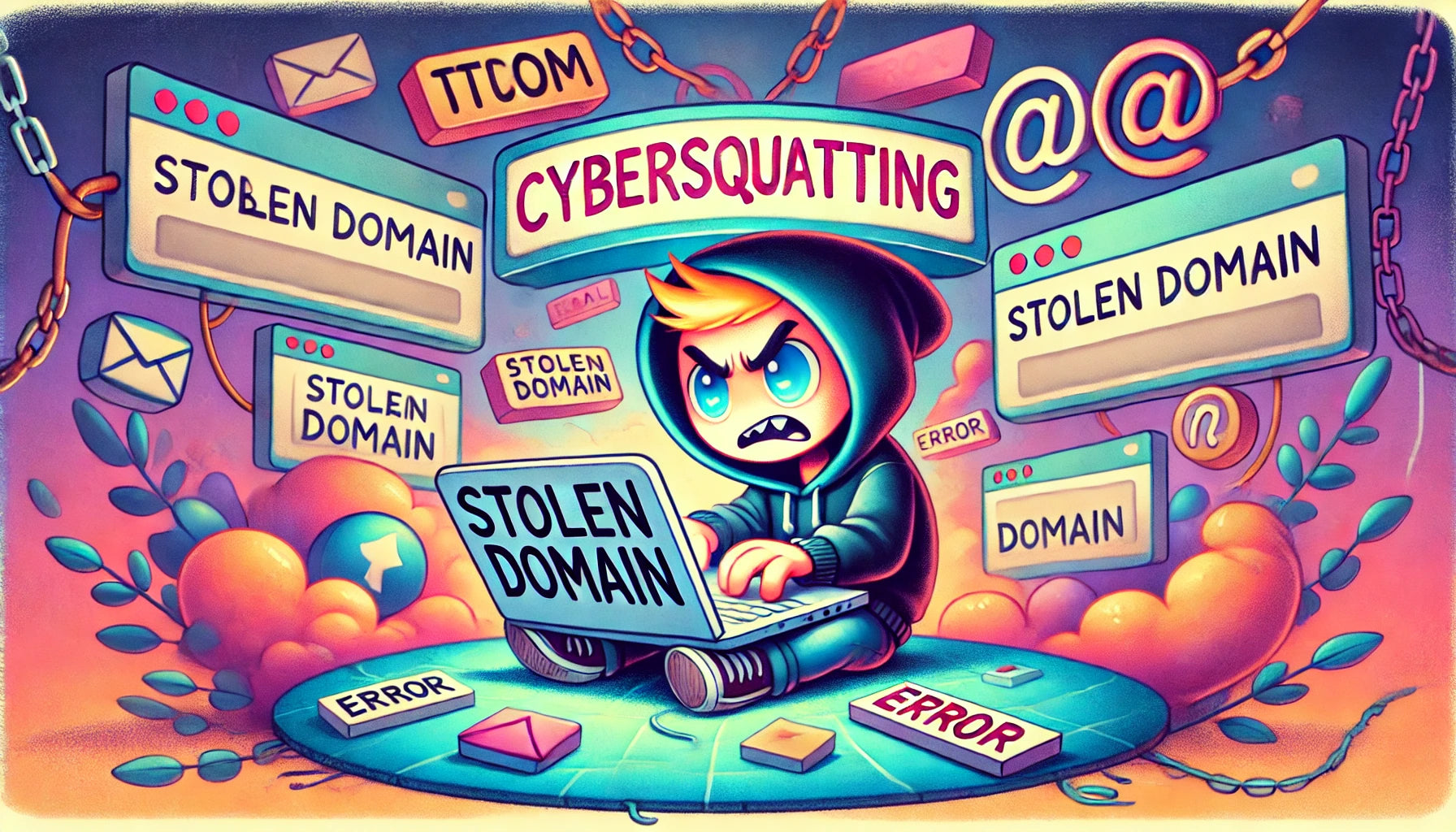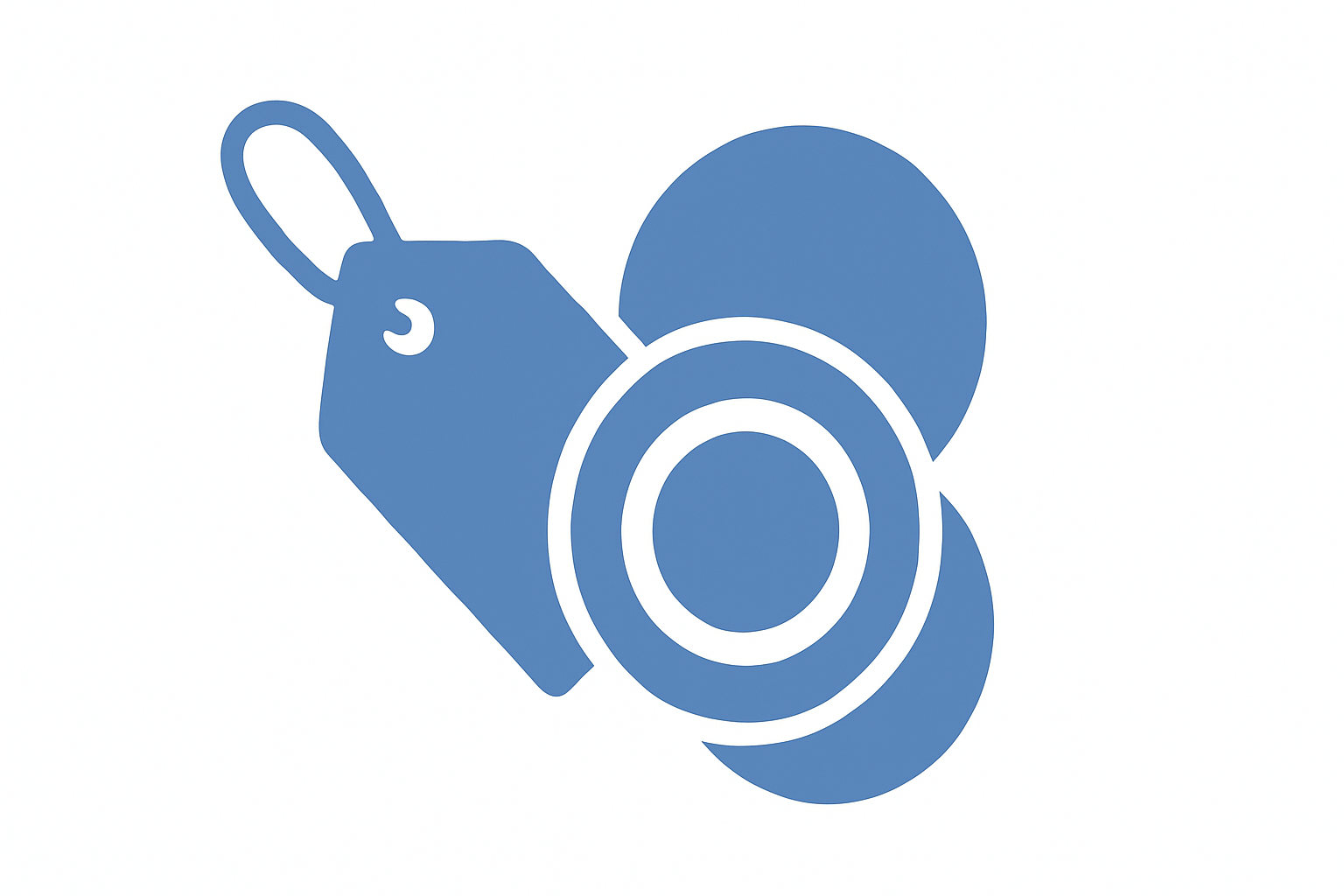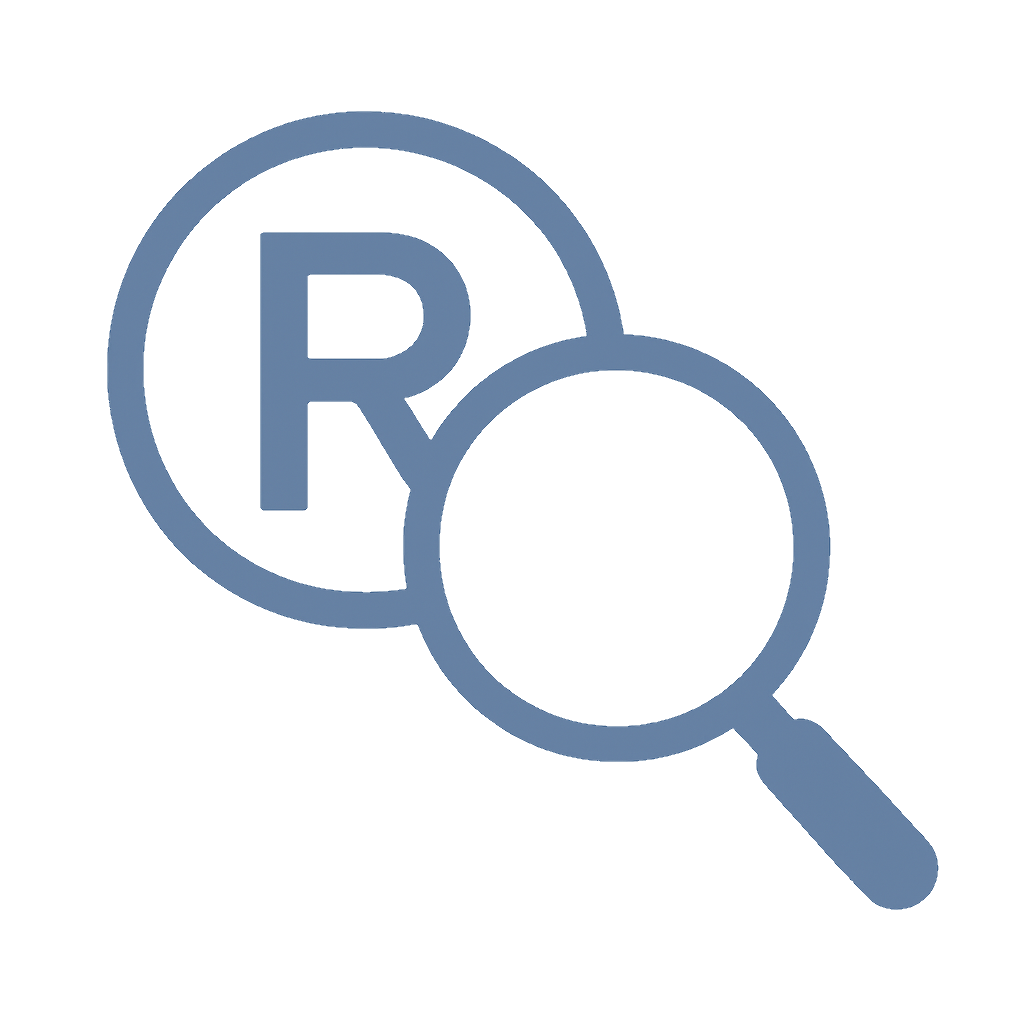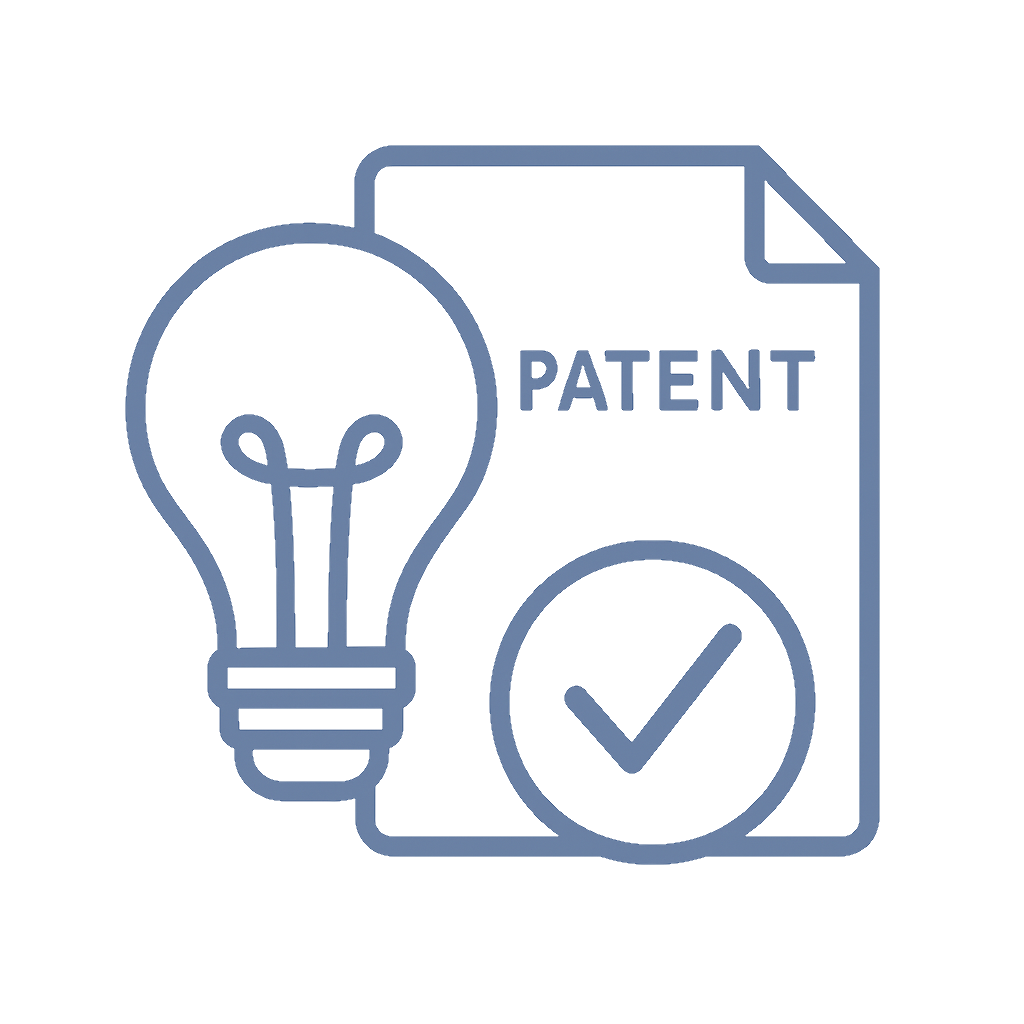Quick Overview
Cybersquatting occurs when someone registers, sells, or uses a domain name in bad faith, intending to profit off the goodwill of another's trademark or brand. This unethical practice can damage businesses, confuse customers, and lead to legal disputes. Understanding the criteria for cybersquatting and exploring your options for resolution can help you protect your digital assets and brand reputation.

Common Questions & Answers
1. What is cybersquatting?
Cybersquatting involves registering or using a domain name that is identical or similar to a trademark, with the intent to exploit the brand’s reputation or confuse users. Common motives include reselling the domain at a high price or diverting traffic for financial gain.
2. How is cybersquatting different from legitimate domain registration?
Legitimate domain registration is done in good faith without infringing on trademarks. Cybersquatting, by contrast, involves bad faith registration, often targeting a well-known brand or name for profit or disruption.
3. What are the criteria for determining cybersquatting?
The Uniform Domain Name Dispute Resolution Policy (UDRP) sets three main criteria: the domain is identical or confusingly similar to a trademark, it was registered in bad faith, and the registrant has no legitimate interest in it.
4. Can I sue someone for cybersquatting?
Yes, under the Anti-Cybersquatting Consumer Protection Act (ACPA) in the U.S., trademark holders can sue cybersquatters. They may also file a complaint under the UDRP for a faster resolution.
5. What can I do if someone is cybersquatting my domain?
Options include negotiating a purchase, initiating a UDRP complaint, or filing a lawsuit under the ACPA if the cybersquatting meets the legal criteria.
![]()
Step-by-Step Guide
-
Identify the Issue
Confirm that the domain name in question is identical or confusingly similar to your trademark. Use trademark databases or consult an intellectual property expert to verify your rights. -
Gather Evidence
Document bad faith intent, such as an offer to sell the domain or use of the domain to divert traffic. Screenshots, emails, and WHOIS data are crucial. -
Attempt Direct Negotiation
Sometimes, contacting the registrant with a reasonable offer can resolve the issue without legal proceedings. -
File a UDRP Complaint
Submit a complaint to an accredited provider, such as WIPO. The UDRP process is cost-effective and quicker than litigation. -
Pursue Legal Action if Necessary
If UDRP fails or you need monetary damages, consider suing under the ACPA. Consult a trademark attorney for guidance.
Need expert advice? Schedule a consultation with Devin Miller for personalized strategies.
Historical Context
Cybersquatting emerged during the dot-com boom of the 1990s, as businesses rushed to establish online identities. Early cases often involved individuals registering domains that mirrored major brands, hoping to sell them for a profit. The Anti-Cybersquatting Consumer Protection Act (ACPA), enacted in 1999, addressed this growing issue, granting trademark owners the ability to take legal action against bad-faith registrants. Around the same time, the UDRP was introduced to provide an alternative dispute resolution mechanism. These legal frameworks have since evolved to address increasingly complex disputes in the digital era.

Business Competition Examples
1. Nissan.com
The Nissan automobile brand fought a legal battle against a U.S. businessman who registered Nissan.com to promote his computer business. The case highlighted the complexity of trademark disputes and the importance of early domain registration.
2. Madonna.com
Pop icon Madonna successfully reclaimed Madonna.com through a UDRP complaint, demonstrating how the process works for celebrities and public figures.
3. Facebook.me
Facebook filed a UDRP complaint against a domain owner using Facebook.me for commercial gain, showcasing the platform’s proactive approach to brand protection.

Discussion
Cybersquatting presents a multifaceted challenge in the digital landscape, where brands rely heavily on online presence to connect with customers and drive business growth. The practice often creates confusion, damages trust, and incurs financial losses for victims. While legal frameworks like the Anti-Cybersquatting Consumer Protection Act (ACPA) and the Uniform Domain Name Dispute Resolution Policy (UDRP) offer pathways to resolve disputes, the effectiveness of these remedies depends on timely action and evidence collection.
For businesses, cybersquatting is more than just a legal issue; it’s a branding and customer experience concern. When a customer searches for a business and lands on a cybersquatter’s website, they might encounter fraudulent offers, malicious content, or irrelevant information. This can lead to reputational harm, as customers may associate the negative experience with the original brand. Worse, customers might fall victim to phishing or scams, creating liability concerns for the brand owner.
Startups and small businesses are especially vulnerable to cybersquatting because they often delay domain registration due to budget constraints or lack of awareness. A single oversight—failing to secure common domain variations or neglecting to monitor trademarks—can open the door for bad-faith registrants. For example, an emerging brand with growing traction might find that a cybersquatter has already registered the “.com” version of its domain, leaving them to use less desirable alternatives like “.net” or “.biz,” which could confuse customers and weaken their branding.
On the flip side, legal responses to cybersquatting can be time-consuming and costly. Even when a business has a clear-cut case under the UDRP or ACPA, it may still face hurdles such as determining jurisdiction, proving bad faith, and enforcing decisions across borders. International cybersquatting cases are particularly complex due to varying intellectual property laws and enforcement challenges. For instance, a U.S. trademark owner may find it difficult to reclaim a domain registered by an individual in a country with weaker intellectual property protections.
Another layer of complexity arises from evolving technology and trends in domain registration. With the expansion of generic top-level domains (gTLDs) such as “.shop” and “.tech,” cybersquatters now have more opportunities to exploit brand names. Businesses must monitor not only traditional domains like “.com” but also newer extensions that could be used to mimic their online identity.
The rise of artificial intelligence tools also complicates cybersquatting enforcement. Automated systems can rapidly generate and register domain names, creating a flood of potential cybersquatting cases before victims are even aware of the issue. Moreover, some cybersquatters use tactics like typosquatting—registering domains with common misspellings of a brand name—to capture accidental traffic. For instance, a popular website like "amazon.com" might face typosquatting attempts such as "amazn.com" or "amzon.com," redirecting users to harmful sites or competitors.
Ultimately, preventing and addressing cybersquatting requires a proactive approach. Businesses should register key domain names early, monitor their trademarks regularly, and educate themselves on the legal remedies available. While tools like UDRP and ACPA are invaluable, they must be complemented by vigilant brand management strategies and partnerships with legal experts. For startups and small businesses, investing in these measures early on can save significant time, money, and reputation damage down the line.

The Debate
Pro-Prosecution: Legal action deters cybersquatters and ensures businesses can protect their trademarks and reputations.
Cautionary Approach: Pursuing litigation can be costly, and some disputes may stem from legitimate misunderstandings rather than bad faith.

Takeaways
- Register domains early and include variations to safeguard your brand.
- Monitor your trademarks to detect unauthorized domain use.
- Use the UDRP process for cost-effective dispute resolution.
- Consult legal experts for complex cases or high-stakes disputes.
- Avoid letting cybersquatters damage your brand by taking swift action.

Potential Business Hazards
- Reputational Damage: Misuse of your domain could mislead customers.
- Financial Loss: Costs of reclaiming domains can be high.
- Missed Opportunities: Losing a key domain could hinder marketing efforts.
- Legal Risks: Complex disputes might lead to lengthy litigation.

Myths and Misconceptions
- "All domain registrations are legal." False. Trademark infringement constitutes cybersquatting.
- "Winning a case guarantees domain ownership." Not always; enforcement depends on jurisdiction and specific facts.
- "Only big brands face cybersquatting." Startups and individuals can also be targeted.
- "Cybersquatting is always intentional." Some disputes arise from unintentional infringement.

Book & Podcast Recommendations
- "The Art of Deception" by Kevin Mitnick - Explores the darker side of the internet, including tactics like cybersquatting.
- "Digital Wars" by Charles Arthur - Discusses online disputes, including domain battles.
- Podcast: "LawNext" - Features episodes on trademark law and domain disputes.
- "Cybersecurity for Dummies" by Joseph Steinberg - A primer on protecting digital assets, including domains.

Legal Cases
- Nissan Motor Co. v. Nissan Computer Corp. - A landmark case demonstrating the complexity of domain disputes.
- Madonna.com Case - A successful UDRP complaint by a celebrity.
- Microsoft v. MikeRoweSoft.com - Microsoft’s legal action against a teenager’s parody site, highlighting the gray areas of domain disputes.

Share Your Expertise
Protect your digital assets and trademark rights with expert resources from Miller IP Law.

Wrap Up
Cybersquatting is a growing concern in the digital age, but understanding the laws and remedies available can help protect your brand. Act swiftly, stay informed, and consult experts to reclaim your domain and uphold your reputation.













